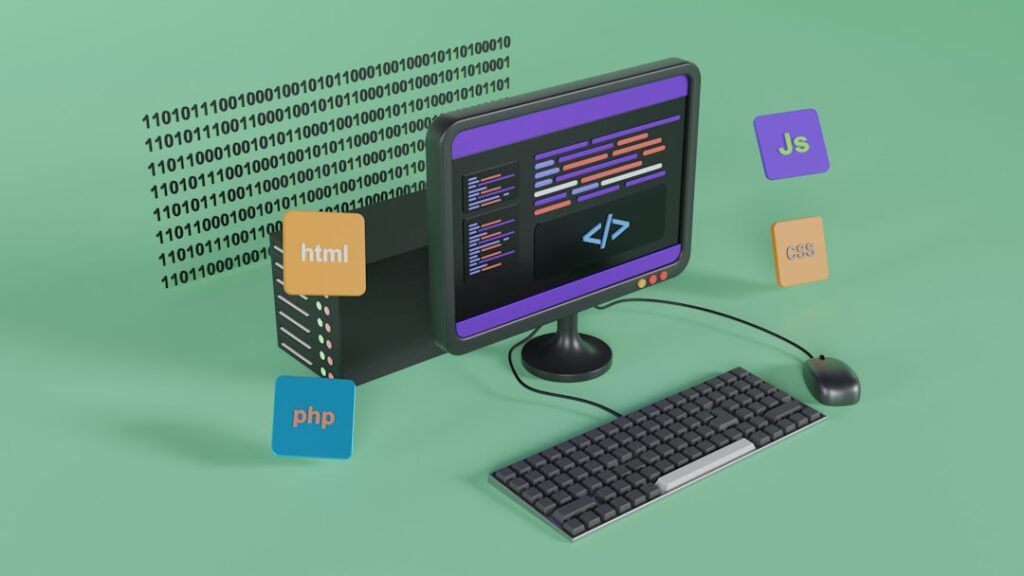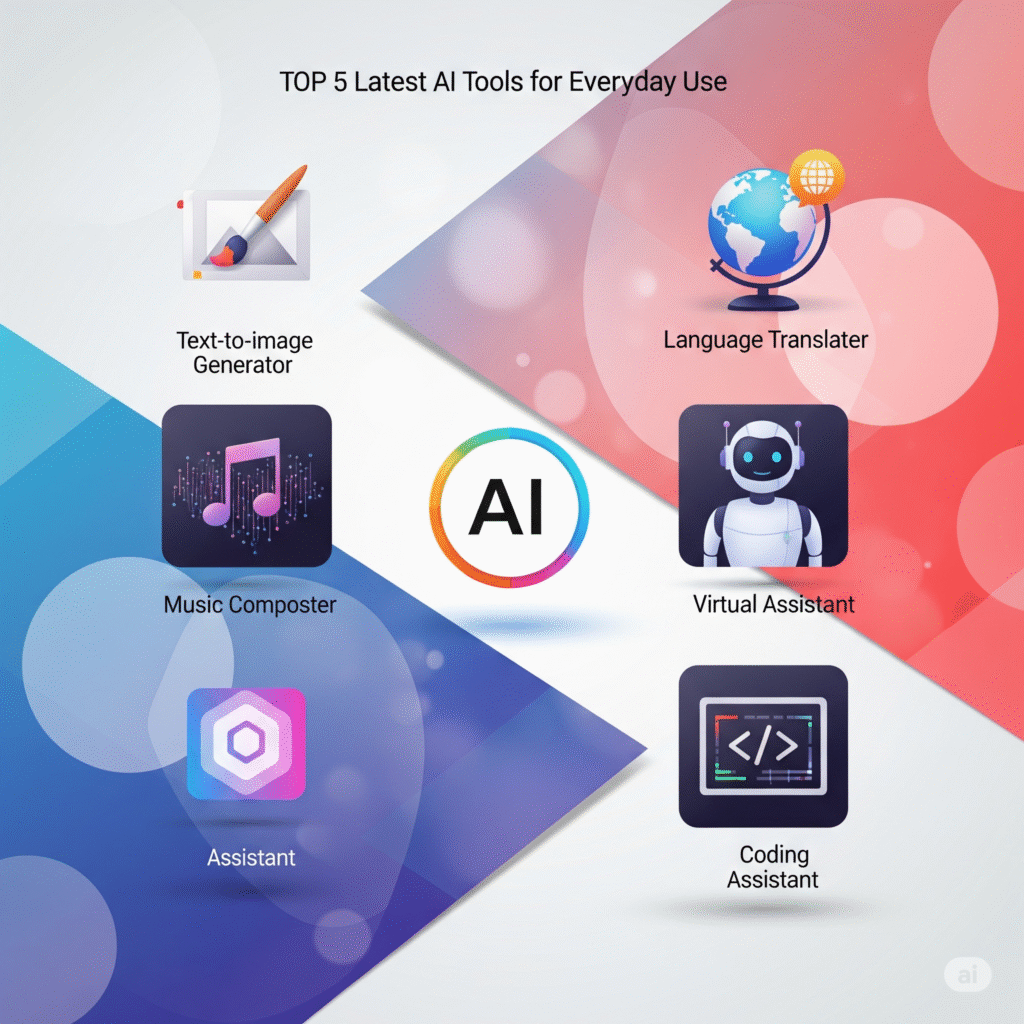Maximize Your Efficiency with No-Code Automation Platforms
In today’s fast-paced world, businesses and individuals alike are constantly seeking ways to enhance productivity. One of the most innovative solutions in this realm is the emergence of no-code automation platforms. These powerful tools allow users to streamline repetitive tasks, connect different applications, and optimize workflows without the need for extensive programming knowledge.
What are No-Code Automation Platforms?
No-code automation platforms are software solutions that enable users to create automation workflows through a visual interface. This means that anyone, regardless of technical skill, can build and implement automation processes. These platforms often come equipped with pre-built templates and intuitive drag-and-drop features, making it easy to get started.
Key Features of No-Code Automation Platforms
- User-Friendly Interface: Most no-code platforms are designed with simplicity in mind, enabling users to navigate easily and create workflows with minimal difficulty.
- Integrations: No-code platforms typically offer a wide range of integrations with popular applications, allowing seamless data transfer and communication between systems.
- Customizable Workflows: Users can create custom automation workflows tailored to their specific needs, accommodating unique business processes.
- Real-Time Monitoring: Many platforms provide dashboards and analytics to monitor automation performance in real-time, helping users identify bottlenecks and areas for improvement.
Benefits of Using No-Code Automation Platforms
Utilizing no-code automation platforms brings numerous benefits to organizations and individuals. Here are some of the most significant advantages:
1. Increased Efficiency
No-code automation platforms enable users to eliminate mundane and repetitive tasks. This shift allows employees to focus on more strategic and creative aspects of their work, leading to increased overall productivity.
2. Cost-Effectiveness
By reducing the need for developers to create custom automation solutions, businesses can save both time and money. No-code platforms often have subscription-based pricing models, making them accessible to organizations of all sizes.
3. Faster Implementation
Without the need for lengthy development cycles, automation workflows can be implemented quickly. This agility enables organizations to adapt to changing needs and market conditions promptly.
Top No-Code Automation Platforms to Consider
When exploring no-code automation solutions, several platforms stand out. Below are some of the leading options in the market:
- Zapier: Zapier is a pioneer in the no-code automation space, connecting over 2,000 apps and allowing users to create automated workflows without coding.
- Integromat (Make): Known for its visual interface, Integromat allows users to design complex workflows easily and provides a variety of powerful integrations.
- Automate.io: This platform focuses on connecting cloud applications and automating simple tasks seamlessly, with a unique emphasis on user experience.
- AirTable: While primarily a collaborative database tool, AirTable offers automation features to enhance data manageability without requiring coding knowledge.
Conclusion
No-code automation platforms are transforming the way we approach productivity and efficiency in both personal and professional spheres. By leveraging these tools, users can streamline workflows, reduce time spent on repetitive tasks, and ultimately boost their overall effectiveness. Embracing no-code solutions not only empowers teams and individuals to innovate but also equips them with the capabilities necessary to thrive in a digital landscape.
Understanding No-Code Automation Platforms
No-Code Automation Platforms have emerged as a game-changer in the productivity landscape, enabling users of all skill levels to automate repetitive tasks without needing to write a single line of code. These platforms simplify complex workflows, allowing businesses to streamline operations and focus on their core objectives. By democratizing automation, organizations can harness the power of technology to enhance efficiency without the barriers of traditional programming skills.
The Rising Popularity of No-Code Solutions
In recent years, more businesses are turning to No-Code Automation Platforms to increase their productivity. The surge is largely attributed to the need for faster and more flexible solutions that can adapt to the rapidly changing market conditions. Companies can quickly implement new processes, adjust workflows, and respond dynamically to challenges without waiting for lengthy development cycles, thus giving them a competitive edge.
Key Features of No-Code Automation Platforms
One of the main attractions of No-Code Automation Platforms is their user-friendly interfaces that often utilize drag-and-drop functionalities. Users can create complex automations by simply connecting various applications and services, resulting in a more intuitive experience. Common features include integration capabilities with various third-party apps, customizable templates, and triggers that can initiate actions based on specific criteria.
Enhancing Team Collaboration
Another significant benefit of No-Code Automation Platforms is their ability to facilitate better team collaboration. By removing technical barriers, team members from different departments can contribute to creating and optimizing workflows. This collaborative approach not only fosters creativity but also ensures that various perspectives are included in operational improvements. Teams can work together seamlessly, allowing for a more cohesive work environment and improved project outcomes.
Real-World Examples of No-Code Automation Success
Numerous organizations have successfully integrated No-Code Automation Platforms into their workflows and have reaped substantial benefits. For example, a marketing team might use these platforms to automate lead tracking and email campaigns, significantly reducing the time spent on manual tasks. Similarly, operational teams can automate inventory tracking, approval processes, and data entry tasks, freeing up valuable time for analysis and strategizing.
The case studies not only highlight the versatility of No-Code Automation Platforms but also demonstrate their impact on overall productivity. Organizations that invest in these tools often see not just improvements in efficiency but also boosts in employee morale, as team members can focus on higher-value tasks rather than mundane work.


